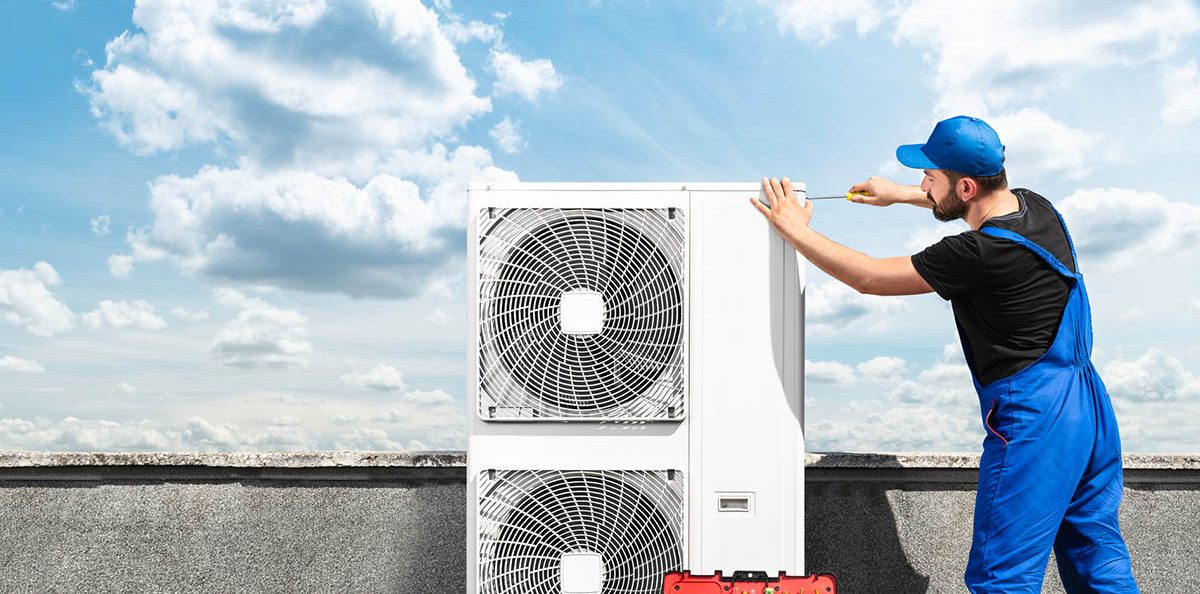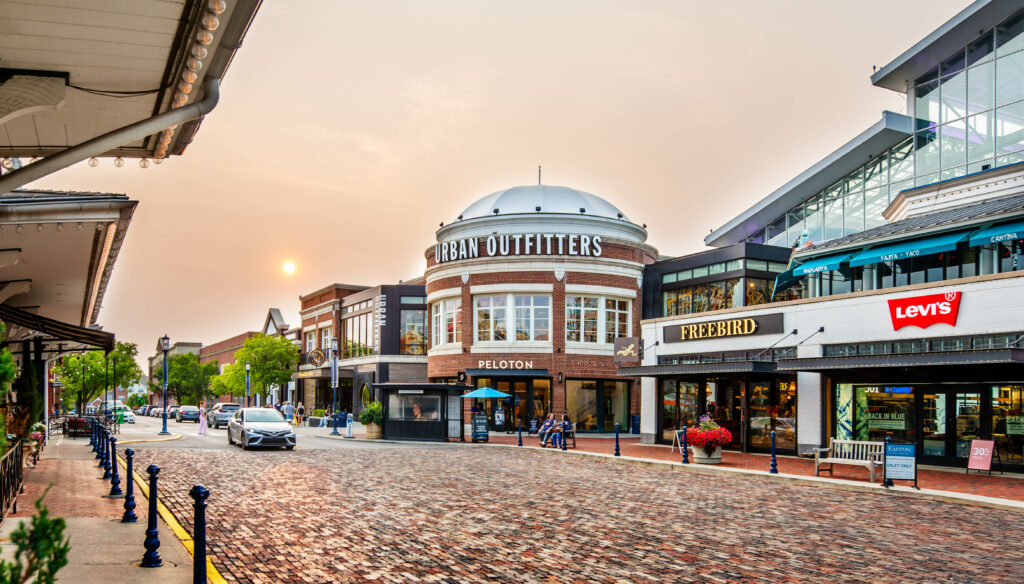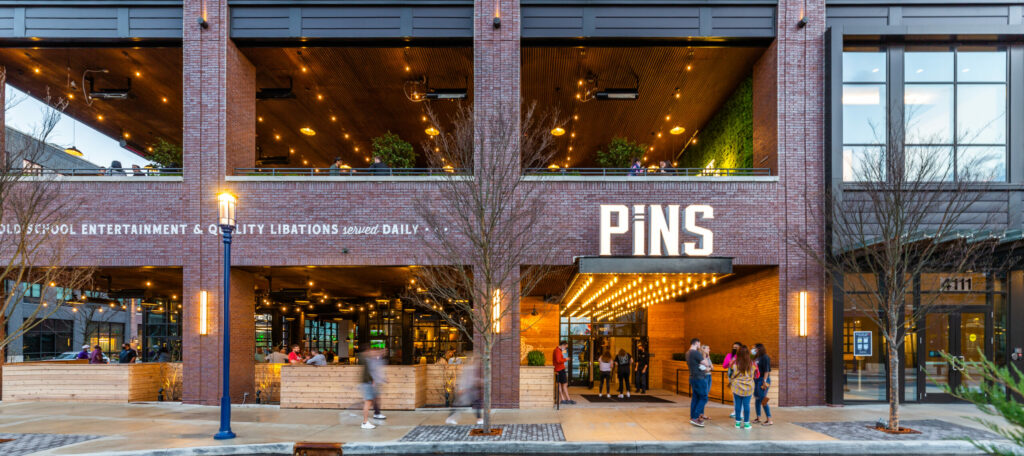By Beau Arnason
Breathe Easier at Easton: that’s our goal for guests, tenants and employees as we continue to navigate the challenges of running a retail center during a global pandemic. While additional health and safety protocols have been implemented at Columbus-based Easton Town Center amidst the COVID-19 pandemic—including enhanced sanitization, social distancing and mask-wearing—clean air provides an additional, invisible layer of comfortability and safety.
Whether through heating in the winter or cooling in the summer, conditioned air tends to make people feel more comfortable. However, having strong HVAC alone does not free the environment from pollutants. In fact, indoor air can be circulated in a way where one person coughing on the opposite side of a room could spread the pathogen to everyone in the path of the return air system.
When you take the fact that shopping centers are central to urban life, and factor in a viral pandemic in which the spread of COVID-19 is directly correlated to indoor air quality (IAQ), developers and management teams have a weighty responsibility to make investments into air filtration and purification systems.
The Path to Cleaner Air
Since the start of the pandemic, the Easton team has been actively working towards making the town center’s air cleaner. After reopening at the start of summer, our building staff increased outside air in all controlled areas, while maintaining cool temperatures indoors. While having that outside air was beneficial, it increased energy usage substantially and put significant stress on our HVAC units.
Knowing our previous method was unsustainable, we enlisted our engineering team to identify a technology to not only improve the quality of Easton’s indoor air, but kill viruses and bacteria to reduce the spread of COVID-19. They used a four-point ranking system to rank the efficacy of each technology—pathogen control (airborne viruses), particle reduction (mold, pollen, dust, etc.), PFC reduction (perfluorinated chemical) and odor control.
After a lengthy research process, we narrowed the selection down to ultraviolet (UV) air purification and needlepoint bipolar ionization. While UV has the benefit of killing viruses and pathogens, we eliminated it as an option in part because it can only do so within the air ducts, due to its harmful effect on humans.
Our team’s choice, needlepoint bipolar ionization, produces a high concentration of positive and negative ions and releases them safely into public spaces, where they render pathogens inactive and attach to particulates so they can become larger and more easily filtered from the air. Additionally, needlepoint bipolar ionization works to reduce odor, which carries long-term operational benefits that last long after the pandemic is over.
Breathe Easier
Whether you have asthma, are a cigarette smoker, or simply worried about contracting a virus, having a technology like needlepoint bipolar ionization available allows you to confidently shop in the best air quality a retail center has to offer. After a trial run of the system in Easton’s office space, our team saw a 42% reduction in particulates in the air, and an overall improvement in indoor air quality—a number which may drastically improve throughout the day, especially when combined with the work done by our cleaning crew.
While no IAQ system is going to totally prevent people from getting sick, it can sharply reduce the risk of infection. Not only is this a tremendous benefit during a pandemic, but also from an overall health and guest experience standpoint.






